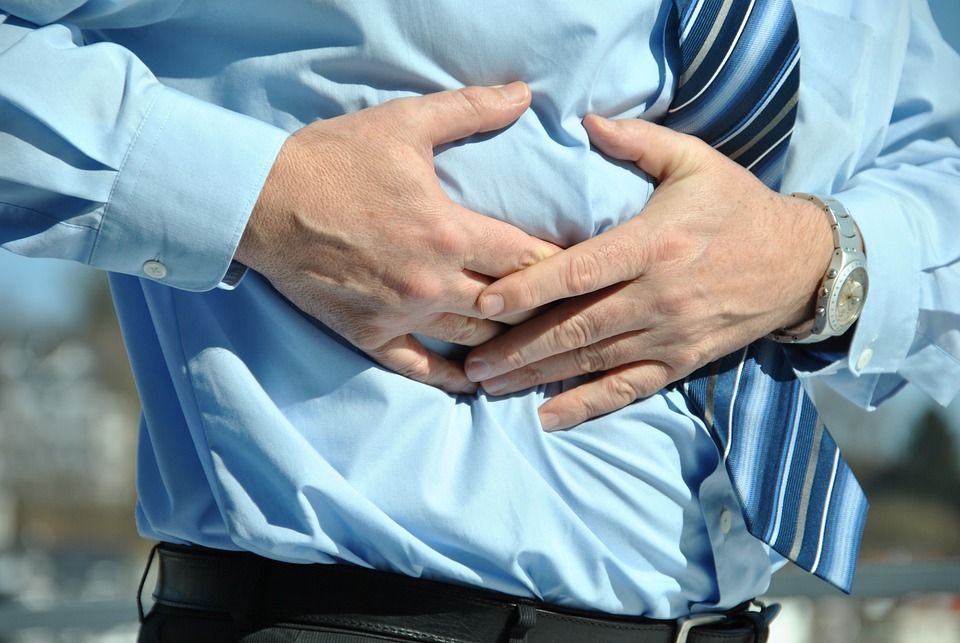Gallstones – the tiny trouble makers in gallbladder
01-Jun-2022
01-Jun-2022

Food that we consume is digested in our body using chemicals called enzymes. The pancreas is the main source of these. The liver secretes a fluid called bile. One of its many functions is to aid the enzymes to digest dietary fats.
Gallbladder is like a small pliable balloon located on the undersurface of the liver. It connects with the bile ducts (tubules which carry bile away from the liver). Liver secretes bile as a slow trickle. In between meals, when there is no food in the stomach, the gallbladder collects this trickle and stores it. In this process, it also makes the bile a lot more concentrated. When we eat food the gallbladder contracts and releases the stored bile into intestines. The food which has entered the intestine thus mixes with the bile and allows the dietary fat globules to be broken up. The enzymes from pancreas can act much more easily on the broken fat droplets and this makes the fat digestion more efficient.
At times gallbladder functioning can get impaired due to numerous factors. Imperfect contraction, irregular absorption disturbs the normal balance. The result is the formation of small stones in the bile in gallbladder. These stones may stay small and separate (sludge or gravel) or may aggregate together to form larger single or multiple stones. These stones in the gallbladder are called gallstones.
If we test the common population on the streets, close to 6% will have the presence of stones on screening ultrasound. That’s a huge number. Do all of them need treatment? We don’t know. It’s debatable. But a small proportion of them experiences trouble due to the presence of these stones. Small fragments may pass downstream causing severe colicky pain. Stones may get lodged in bile ducts impairing the normal flow of bile and resulting in jaundice. If they get impacted at the junction of the bile duct and pancreatic duct, it causes acute pancreatitis (a life-threatening condition). This small subset of symptomatic gallstone disease patients definitely needs treatment. The gold standard management today for these is laparoscopic (keyhole surgery) cholecystectomy (removal of the gallbladder). If all goes well, often we are able to discharge the patients within 24 hours of surgery.
Non-operative treatment strategies have a high risk of short-term and long-term recurrence of stones and symptoms. They are applied only selectively in a small subset of patients where surgery is very high risk. For the vast majority, by and large, they are not recommended.
If you feel like going through additional information I have attached links of information portals of repute for further reading.
Wishing the best of health for you and your near and dear ones.
Regards,
Ms Mch (GI surgery).
Laparoscopic and GI surgeon.
Specialist in laparoscopic surgeries, GI cancer surgeries.
Visiting consultant :
Nanavati hospital. Bombay Hospital. Criticare Hospital Andheri. Upasani Hospital Mulund (W).
Contact: 9968118307
OPD :
Star Healthcare Andheri (W) Daily 5 to 6 pm
Upasani Super Speciality Hospital. Mulund (W)
https://www.mayoclinic.org/diseases-conditions/gallstones/symptoms-causes/syc-20354214
https://www.uptodate.com/contents/gallstones-beyond-the-basics